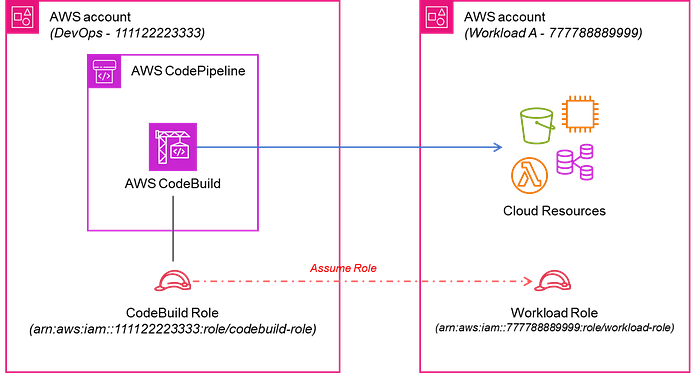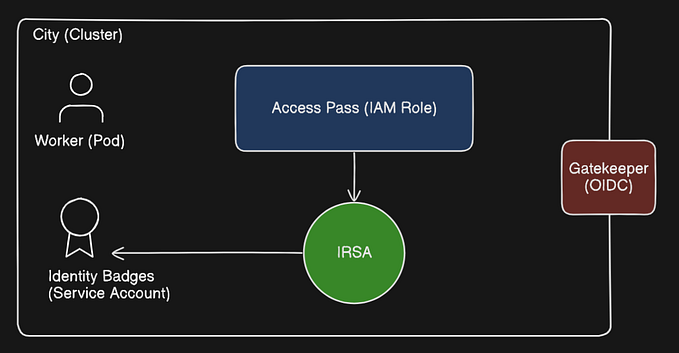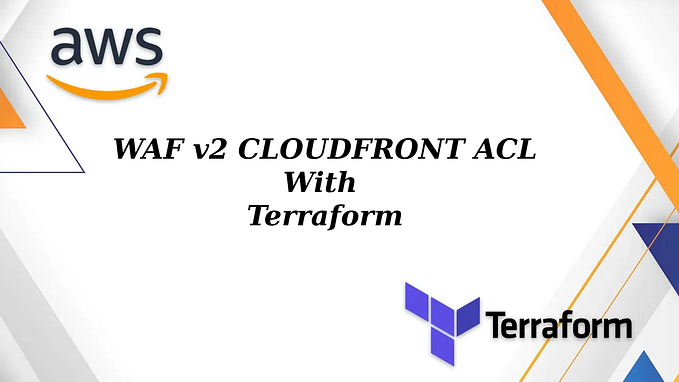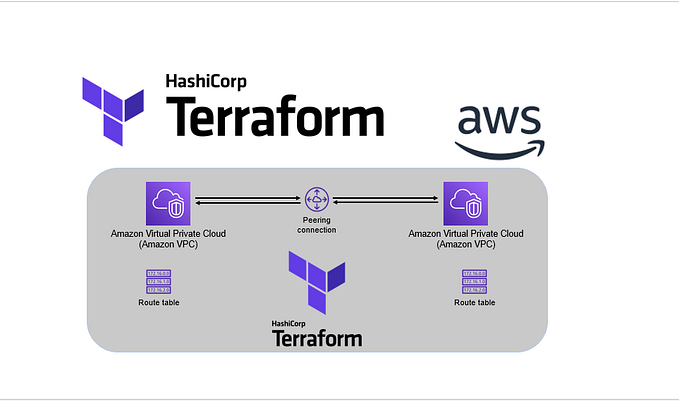AWS Cross-Account Deployment with Terraform
In this article, we will explore using Terraform to do cross-account deployment in AWS.
What is Cross-Account deployment?
Cross-account deployment is an approach to deploying AWS resources in one Account from another isolated account.
It is common for organisations to own more than one AWS account. However, deploying resources into these accounts individually can be difficult and unscalable. A solution for this would be through centralisation and automation.
Infrastructure-as-Code (IaC) tools such as Terraform are usually executed from a centralised DevOps account, orchestrating the CI/CD processes and deploying resources into other AWS accounts. Through CI/CD processes, we can incorporate best practices such as Policy-as-Code like Checkov.

In our diagram above, we have an AWS CodePipeline used to orchestrate AWS CodeBuild stages to deploy resources into different workload accounts. AWS CodeBuild uses an IAM Role during execution to have permission to perform the necessary actions.
However, the IAM scope will only allow it to deploy into its account by default. Deploying into other AWS accounts would require the CodeBuild IAM Role to assume an IAM role in each workload account.
IAM Permissions
First, let’s look at the AWS CodeBuild IAM role in the DevOps account (111122223333).

First, the arn:aws:iam:111122223333:role/codebuild-role will need permissions to perform the sts:AssumeRole action to assume the Workload account. This is how the IAM Role and permissions would look like in Terraform.
resource "aws_iam_role" "codebuild_role" {
name = "codebuild-role"
assume_role_policy = jsonencode({
"Version" : "2012-10-17",
"Statement" : [
{
"Action" : "sts:AssumeRole",
"Principal" : {
"Service" : ["codebuild.amazonaws.com"]
},
"Effect" : "Allow"
}
]
})
}
resource "aws_iam_policy" "assume_role_policy" {
name = "assume_role_policy_for_777788889999"
description = "Assume Role permission for Account 777788889999"
policy = <<EOF
{
"Version": "2012-10-17",
"Statement": [
{
"Effect": "Allow",
"Resource": "arn:aws:iam:777788889999:role/workload-role",
"Action": "sts:AssumeRole",
"Condition": {
"StringEquals": {
"sts:ExternalId": "cross_account_demo"
}
}
}
]
}
EOF
}
resource "aws_iam_role_policy_attachment" "attach_permissions" {
role = aws_iam_role.codebuild_role.name
policy_arn = aws_iam_policy.assume_role_policy.arn
}
Next, the workload role needs to trust the DevOps CodeBuild role to assume to. Below is what the IAM Role Trust Policy would look like.
resource "aws_iam_role" "workload_role" {
name = "workload-role"
assume_role_policy = jsonencode({
"Version" : "2012-10-17",
"Statement" : [
{
"Action" : "sts:AssumeRole",
"Effect" : "Allow",
"Principal": {
"AWS": [
"arn:aws:iam::111122223333:role:/codebuild_role",
]
}
}
]
})
}
resource "aws_iam_role_policy_attachment" "admin_access" {
role = aws_iam_role.lambda_iam_role.name
policy_arn = "arn:aws:iam::aws:policy/AdministratorAccess"
}In our example, we are providing the workload role with administrator access. However, note that this is not recommended if operating in a Production environment.
Cross-Account using Terraform
Once the IAM permissions have been set up, we can now use Terraform to perform cross-account actions.
First, we need to provide a Terraform Provider block. This block provides Terraform with the information needed to perform cross-account roles.
terraform {
required_providers {
aws = {
source = "hashicorp/aws"
}
}
}
provider "aws" {
region = "ap-southeast-1"
alias = "workload_a"
assume_role {
role_arn = "arn:aws:iam::777788889999:role/workload-role"
external_id = "cross_account_demo"
}
}Once we have the provider block, we can use this Provider when declaring a resource block. Take note that the alias is used to uniquely identify the provider to use.
resource "aws_s3_bucket" "s3_bucket" {
provider = aws.workload_a
bucket = "bucket_in_workload_a"
}When we perform a terraform init and a terraform apply , the resource will be created in the Workload account. Behind the scenes, Terraform will assume a role based on the Provider block to create the requested resource.
If we need to create resources in other accounts, we need to repeat the Provider block and inject the required provider.
provider "aws" {
region = "ap-southeast-1"
alias = "workload_b"
assume_role {
role_arn = "arn:aws:iam::777788889999:role/workload-role"
external_id = "cross_account_demo"
}
}
resource "aws_s3_bucket" "s3_bucket" {
provider = aws.workload_b
bucket = "bucket_in_workload_a"
}Conclusion
Having a centralised resource provisioning pipeline helps to facilitate deployments across multiple AWS accounts. Centralisation of the Cloud resource deployment strategy allows organisation to easily enforce standards and best practices in a consistent manner. Terraform as an Infrastructure-as-Code tooling provides an easy way to perform cross-account deployments in a









